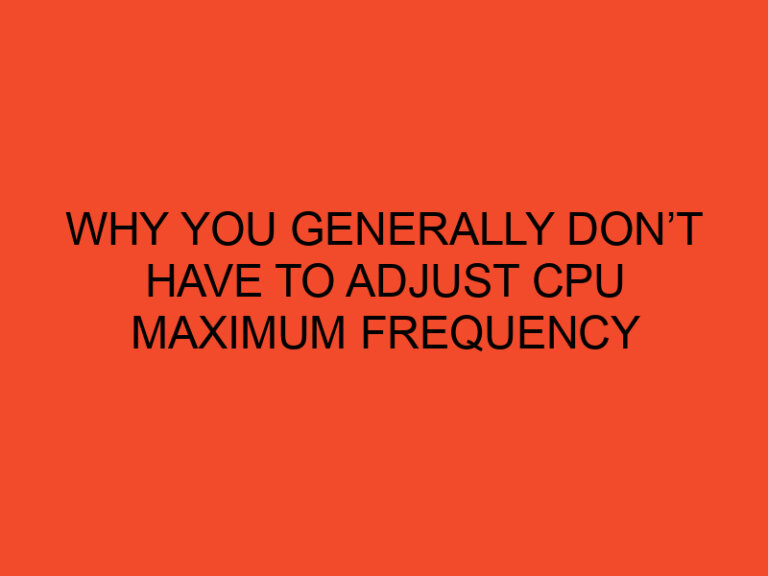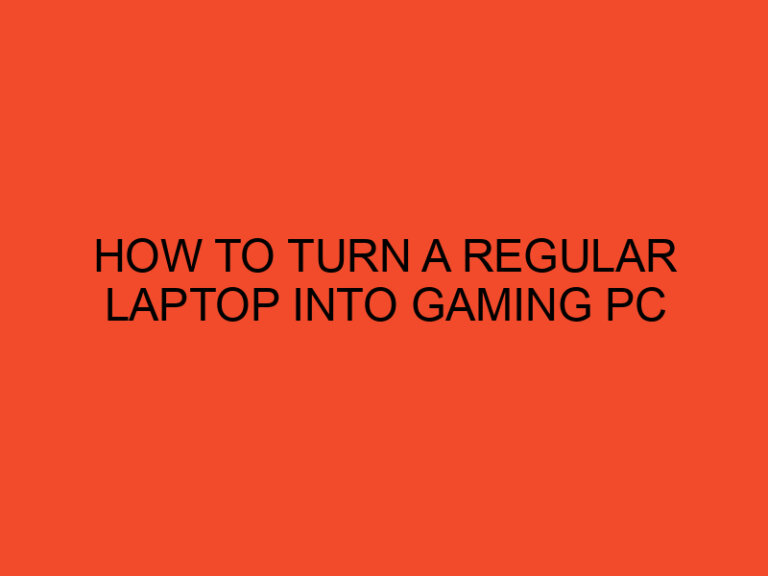Table of Contents
What is the difference between FPGA and processor?
When it comes to computer hardware, there are two important terms to understand – FPGA and Processor. These two terms are often used interchangeably, but they are actually quite different. Understanding the difference between FPGA and Processor is crucial when deciding which technology to use for different applications.
What is FPGA?
FPGA stands for Field Programmable Gate Array. It is a type of integrated circuit that can be programmed to perform specific tasks. Unlike processors, which are designed to perform general tasks, FPGAs are created for specific purposes.
FPGA Architecture
An FPGA consists of a series of logic blocks that can be configured to perform specific functions. These logic blocks are interconnected through a programmable routing matrix, which allows for a high degree of flexibility in the design process.
FPGA Advantages
One of the biggest advantages of FPGA is its reprogrammability. FPGAs can be reprogrammed to perform different tasks, making them a flexible option for many applications. Additionally, FPGAs are highly parallelizable, which means they can perform multiple tasks at the same time.
FPGA Applications
FPGAs are used in a wide range of applications, including digital signal processing, high-performance computing, and network routing. They are often used in applications where high performance and low latency are critical.
What is a Processor?
A processor is a type of microchip that is designed to perform general tasks. Processors are the heart of modern computers and are responsible for performing calculations and executing instructions.
Processor Architecture
Processors are made up of a series of registers, arithmetic and logic units, and control units. These components work together to perform complex calculations and execute instructions.
Processor Advantages
One of the biggest advantages of processors is their versatility. Processors can perform a wide range of tasks, making them a good choice for general computing applications. Additionally, processors are often more cost-effective than FPGAs.
Processor Applications
Processors are used in a wide range of applications, including personal computers, smartphones, and servers. They are often used in applications where flexibility and general-purpose computing are more important than raw performance.
Differences between FPGA and Processor
There are several key differences between FPGA and Processor technologies.
Functionality
The biggest difference between FPGA and Processor is their functionality. FPGAs are designed for specific purposes, while processors are designed for general computing. This means that FPGAs are often faster and more efficient than processors for specific tasks, but less versatile overall.
Design
Another key difference between FPGA and Processor is their design process. FPGAs require a more specialized skill set to design and program, while processors can be programmed using standard programming languages like C++.
Performance
FPGAs are often faster and more efficient than processors for specific tasks. However, processors are often more cost-effective and easier to program, making them a better choice for general-purpose computing applications. The performance of FPGAs is highly customizable, making them ideal for applications that require high levels of parallelism and low latency.
Cost
FPGAs are typically more expensive than processors due to their specialized design and manufacturing process. However, FPGAs can often perform tasks faster and more efficiently than processors, which can result in cost savings in the long run.
Choosing Between FPGA and Processor
When choosing between FPGA and Processor technologies, several factors need to be considered, including:
Decision Factors
- Task Requirements: What tasks need to be performed? Are they highly parallelizable or require low latency?
- Design Expertise: Does the design team have the expertise to program FPGAs?
- Cost: What is the budget for the project?
- Time: How quickly does the project need to be completed?
Specific Use Cases
There are several specific use cases where FPGA or Processor technologies may be more appropriate:
- High-Performance Computing: FPGAs are often used in applications that require high levels of performance and low latency, such as high-performance computing and scientific computing.
- General Computing: Processors are ideal for general-purpose computing applications, such as personal computers and smartphones.
- Networking: FPGAs are often used in network routing applications due to their high levels of performance and parallelism.
Advancements in FPGA and Processor Technologies
FPGA and Processor technologies are constantly evolving. Some of the trends and future developments in these technologies include:
FPGA and Processor Trends
- Increased use of FPGAs in cloud computing applications
- Development of new programming languages and tools for FPGAs
- Integration of FPGAs and Processors into hybrid systems
Future Developments
- Increased use of artificial intelligence and machine learning in FPGA and Processor design
- Development of new FPGA architectures for specific applications
- Integration of FPGAs and Processors into edge computing devices
Conclusion
In summary, FPGA and Processor technologies are both essential components of modern computing. While they share some similarities, they are designed for different purposes and offer different advantages and disadvantages. Choosing the right technology for a specific application requires careful consideration of the task requirements, design expertise, cost, and time constraints.
FAQs
- Can FPGAs be programmed using standard programming languages?
- While FPGAs can be programmed using standard programming languages like C++, they often require specialized skills and tools.
- Are FPGAs more expensive than processors?
- Yes, FPGAs are typically more expensive than processors due to their specialized design and manufacturing process.
- What are some specific use cases for processors?
- Processors are ideal for general-purpose computing applications, such as personal computers and smartphones.
- What is the biggest advantage of FPGAs?
- The biggest advantage of FPGAs is their reprogrammability, allowing for a high degree of flexibility in the design process.
- What are some future developments in FPGA and Processor technologies?
- Some future developments include the integration of FPGAs and Processors into hybrid systems and edge computing devices, and the increased use of artificial intelligence and machine learning in design.






